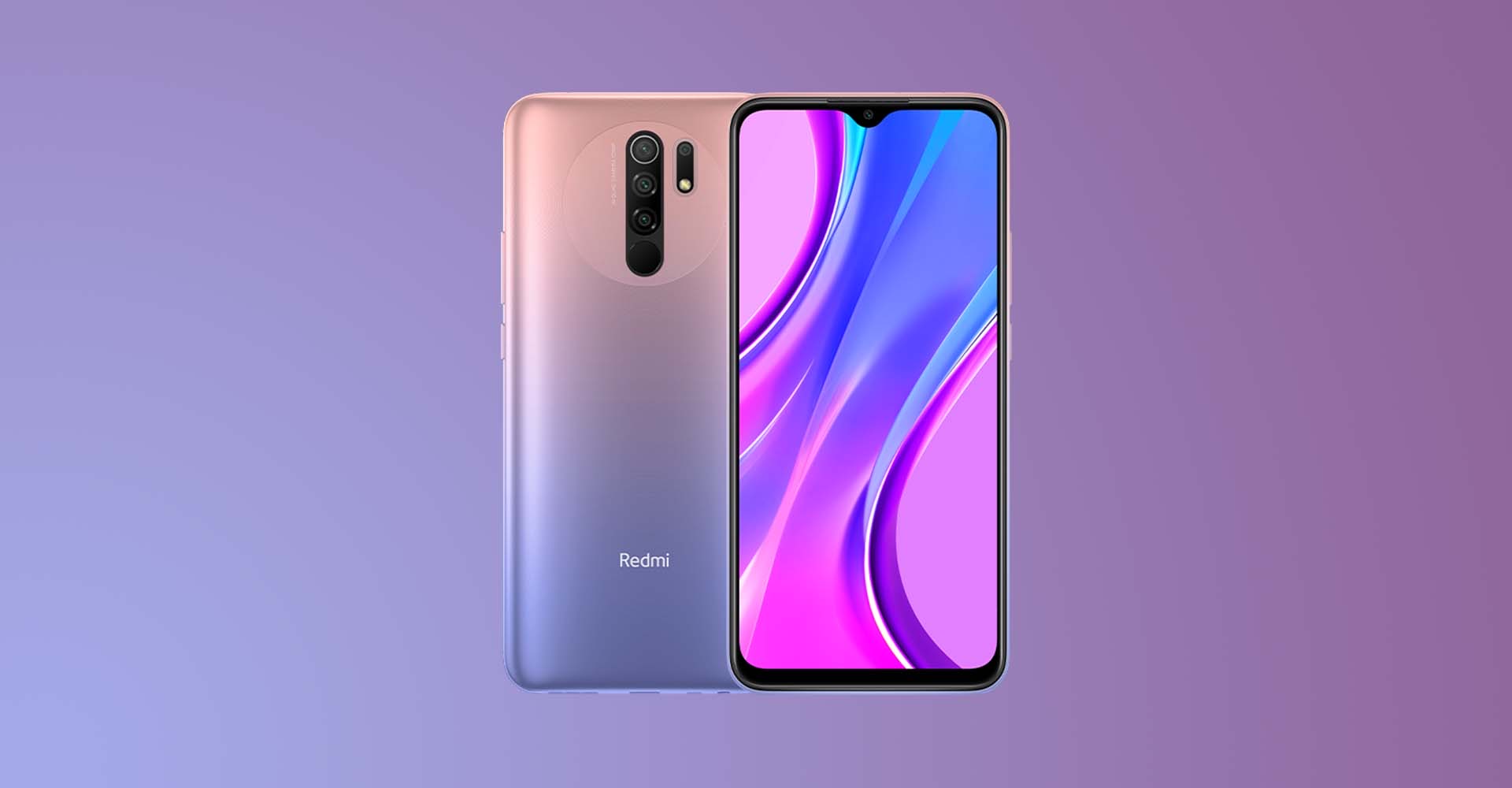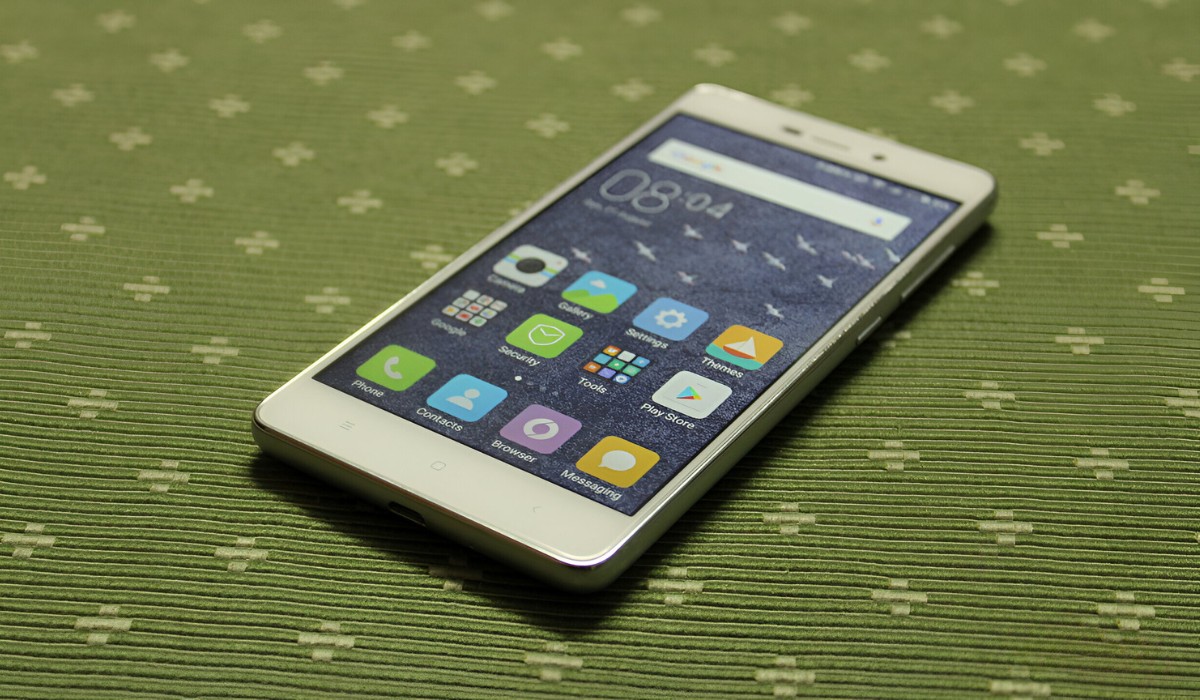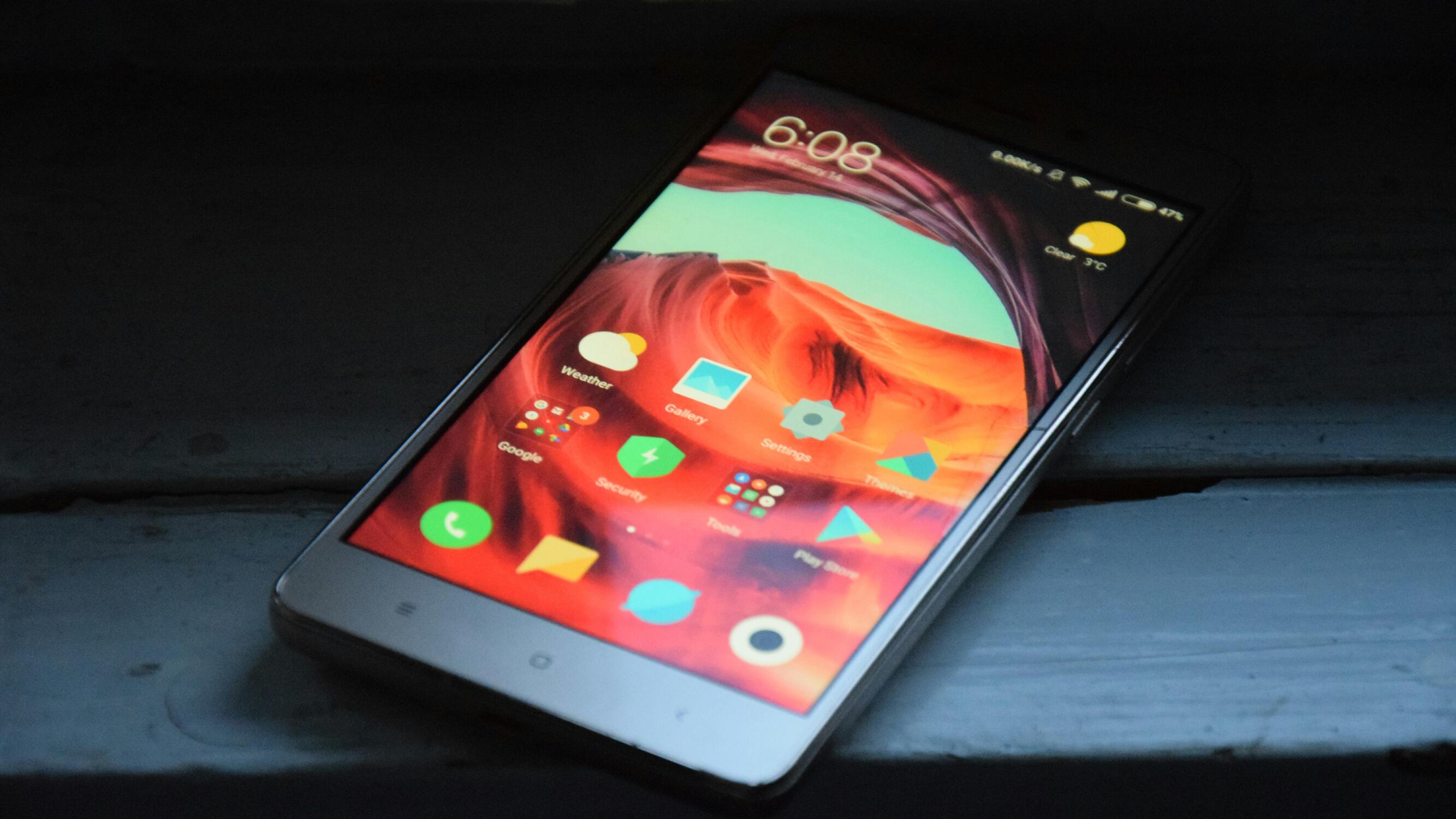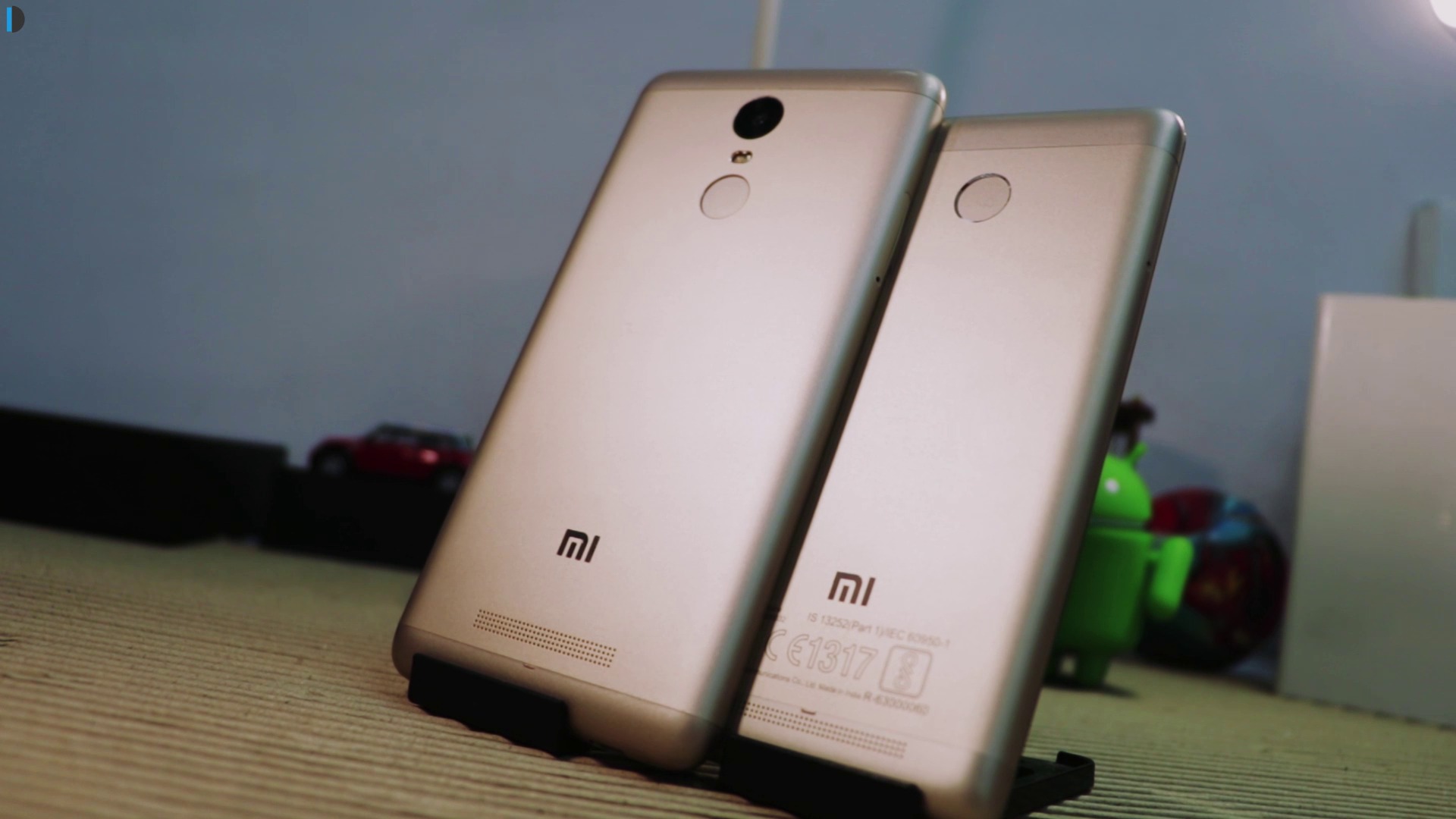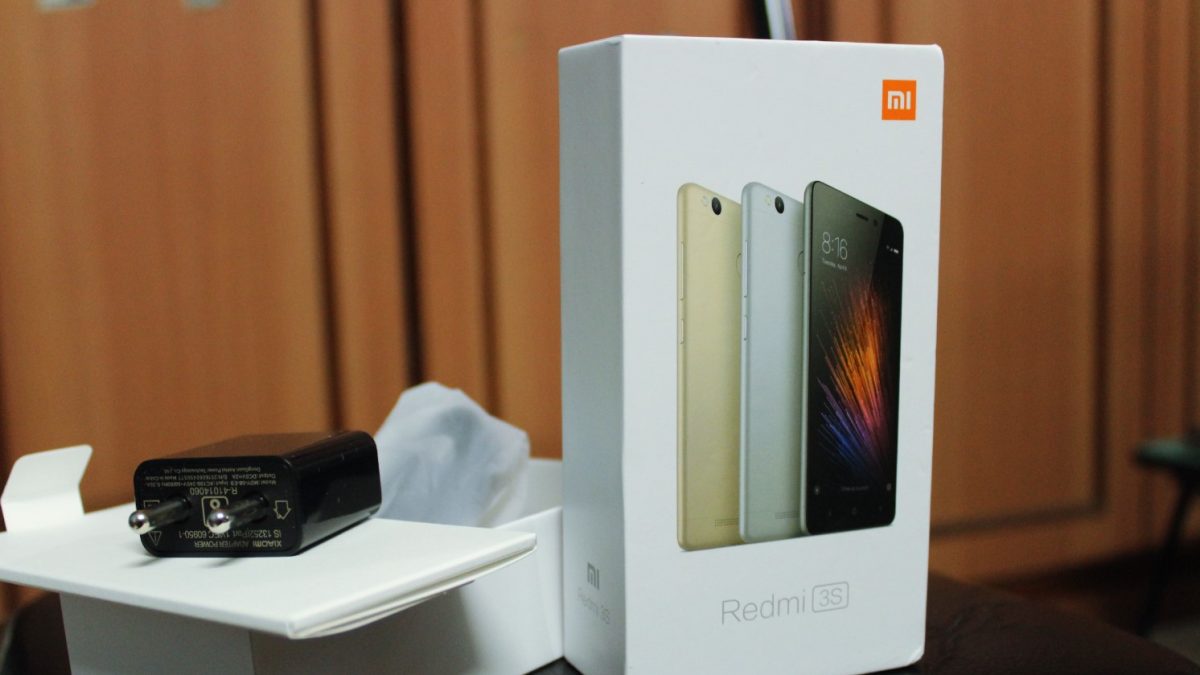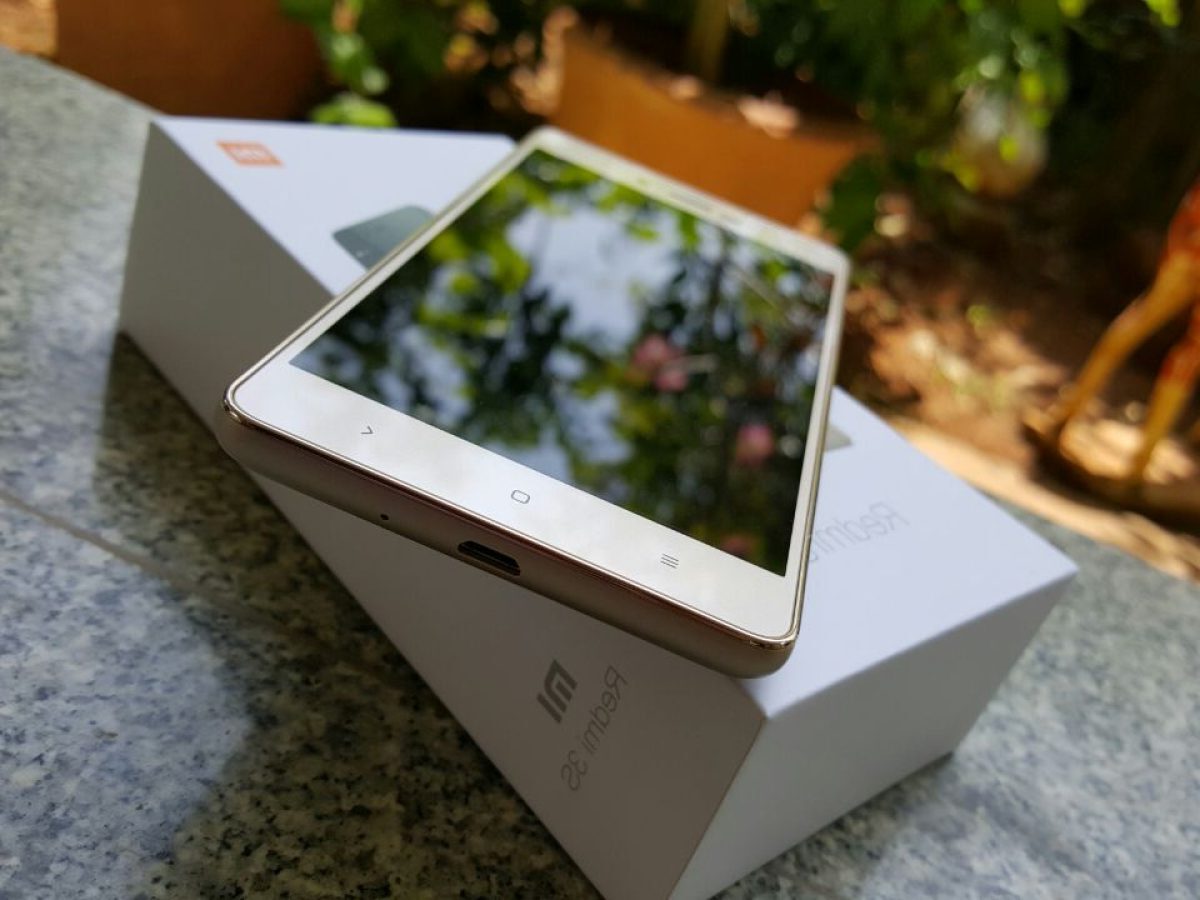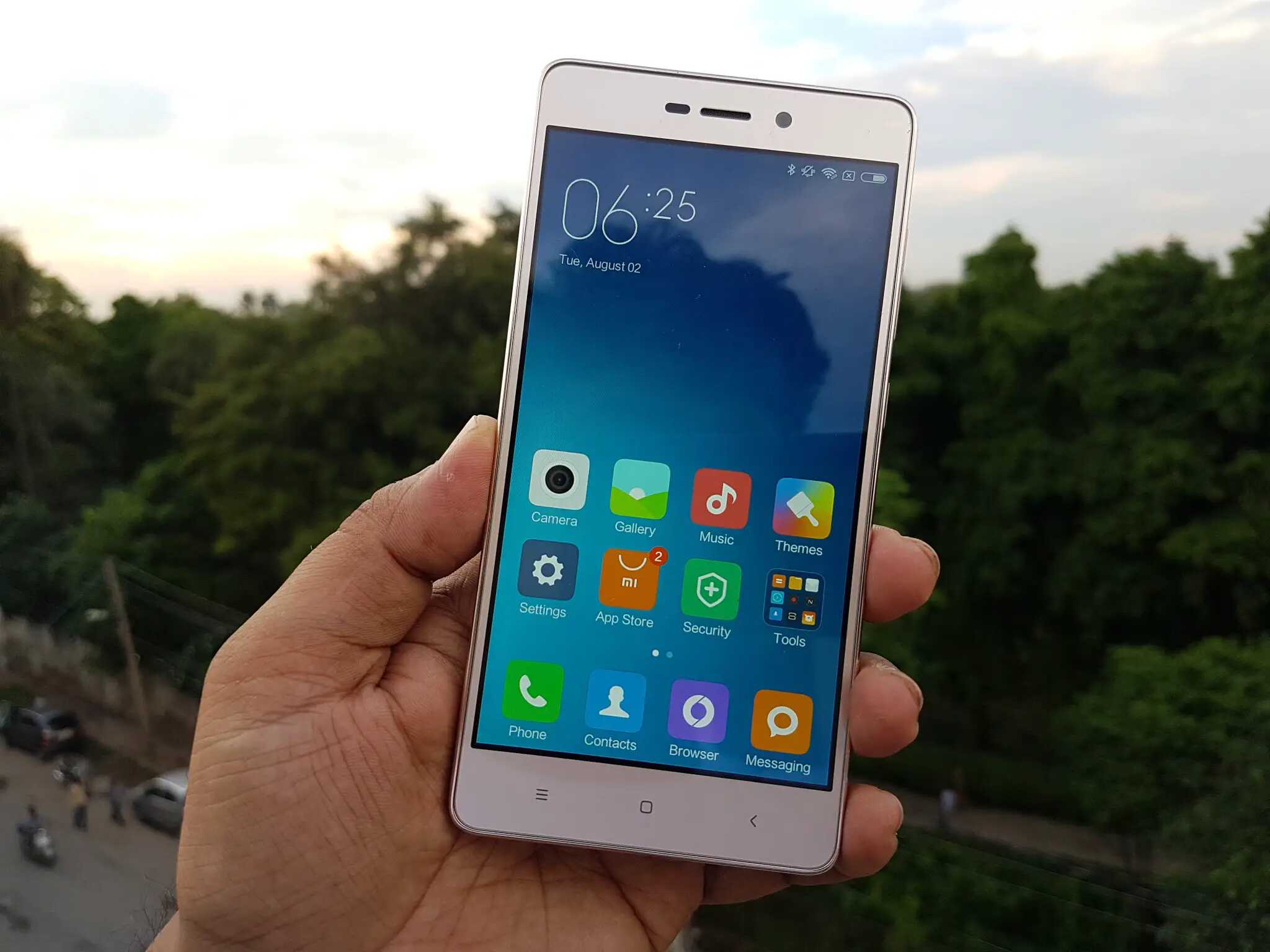Introduction
The Xiaomi Redmi 3S is a popular budget-friendly smartphone that offers impressive features and performance. As a proud owner of this device, it's essential to familiarize yourself with the Recovery Mode, a powerful tool that can help troubleshoot issues, perform system updates, and manage your device's data.
Recovery Mode is a specialized boot mode built into the Android operating system. It provides a set of maintenance and diagnostic tools that allow users to perform various tasks to ensure the smooth functioning of their device. Whether you're experiencing software glitches, planning to install custom firmware, or simply looking to optimize your device's performance, Recovery Mode is a crucial aspect of your Xiaomi Redmi 3S's functionality.
In this comprehensive guide, we will delve into the intricacies of Recovery Mode, exploring its various functions and how to leverage them effectively. By the end of this article, you will have a thorough understanding of how to enter Recovery Mode, perform essential tasks such as data wipes and cache clearing, install custom ROMs or firmware, and backup and restore data, empowering you to take full control of your Xiaomi Redmi 3S's maintenance and customization.
Understanding the ins and outs of Recovery Mode is akin to having a toolkit at your disposal, allowing you to address software-related issues, optimize performance, and customize your device to suit your preferences. So, let's embark on this enlightening journey to unlock the potential of your Xiaomi Redmi 3S through its Recovery Mode.
What is Recovery Mode?
Recovery Mode is a vital component of the Android operating system, serving as a fail-safe environment designed to troubleshoot and resolve software-related issues on your Xiaomi Redmi 3S. When your device encounters persistent glitches, fails to boot normally, or requires system updates, Recovery Mode becomes the go-to solution for addressing these challenges.
In this specialized mode, the device boots into a separate partition, distinct from the standard operating system, providing access to a range of powerful tools and functionalities. These tools enable users to perform crucial tasks such as system updates, data wipes, cache clearing, and the installation of custom firmware or ROMs.
One of the key features of Recovery Mode is its ability to facilitate the installation of official system updates and patches. This ensures that your device remains up-to-date with the latest security enhancements and performance optimizations, thereby safeguarding it against potential vulnerabilities and ensuring a seamless user experience.
Moreover, Recovery Mode empowers users to perform a factory reset or wipe data, effectively restoring the device to its original state. This can be immensely beneficial when dealing with persistent software issues or preparing the device for a fresh start, free from clutter and performance-hindering data.
Additionally, Recovery Mode allows users to clear the cache partition, which can help resolve various performance-related issues. By purging temporary system files and cached data, users can potentially address sluggishness, app crashes, and other software-related hiccups, thereby optimizing the device's overall performance.
Furthermore, for advanced users and enthusiasts, Recovery Mode serves as a gateway to customization and optimization. It enables the installation of custom ROMs or firmware, unlocking the potential for personalized user experiences, enhanced performance, and access to a myriad of customization options not typically available in the standard operating environment.
In essence, Recovery Mode is a crucial aspect of the Xiaomi Redmi 3S's functionality, providing users with the tools and capabilities to troubleshoot, maintain, and customize their devices effectively. Understanding and harnessing the power of Recovery Mode empowers users to take control of their device's software, ensuring optimal performance and a tailored user experience.
How to Enter Recovery Mode on Xiaomi Redmi 3S
Entering Recovery Mode on your Xiaomi Redmi 3S is a straightforward process that grants you access to a suite of powerful tools and functionalities. Whether you need to troubleshoot software issues, perform system updates, or customize your device, Recovery Mode is the gateway to these essential functions. Here's a step-by-step guide to help you enter Recovery Mode on your Xiaomi Redmi 3S:
-
Power Off: Begin by ensuring that your device is powered off. Press and hold the power button until the power off menu appears, then select "Power off" to shut down your device completely.
-
Boot into Recovery Mode: With the device powered off, press and hold the volume up and power buttons simultaneously. Continue holding these buttons until the Xiaomi logo appears on the screen, indicating that your device has entered Recovery Mode.
-
Navigate Recovery Mode: Once in Recovery Mode, you can navigate through the options using the volume up and down buttons to highlight the desired option, and the power button to confirm your selection.
-
Exit Recovery Mode: To exit Recovery Mode, simply select the "Reboot system now" option from the menu. Your device will then reboot into the standard operating mode.
By mastering the process of entering Recovery Mode on your Xiaomi Redmi 3S, you gain the ability to harness its full potential, from troubleshooting software issues to customizing and optimizing your device. This knowledge empowers you to take control of your device's software environment, ensuring a seamless and tailored user experience.
Wipe Data/Factory Reset in Recovery Mode
Performing a data wipe or factory reset in Recovery Mode is a powerful tool for addressing persistent software issues, restoring your Xiaomi Redmi 3S to its original state, and preparing it for a fresh start. This process effectively erases all user data, including apps, settings, and personal files, returning the device to its factory settings. It is important to note that this action is irreversible and should be approached with caution, as all data will be permanently deleted.
To initiate a data wipe or factory reset in Recovery Mode, follow these steps:
-
Navigate to the "Wipe data/factory reset" option: Using the volume buttons to navigate and the power button to confirm, locate and select the "Wipe data/factory reset" option from the Recovery Mode menu.
-
Confirm the action: Upon selecting the "Wipe data/factory reset" option, you will be prompted to confirm the action. This serves as a safeguard against accidental data loss, ensuring that the reset is intentional.
-
Execute the data wipe/factory reset: Once the action is confirmed, the data wipe or factory reset process will commence. The device will systematically erase all user data and restore the system to its original state.
-
Reboot the device: After the data wipe or factory reset is complete, select the "Reboot system now" option from the Recovery Mode menu to restart your Xiaomi Redmi 3S.
It is important to emphasize that performing a data wipe or factory reset in Recovery Mode should be approached with careful consideration. This process is particularly useful when dealing with persistent software issues, such as system crashes, app malfunctions, or sluggish performance. Additionally, it can be beneficial when preparing the device for resale or addressing privacy concerns by ensuring that all personal data is securely erased.
By understanding how to perform a data wipe or factory reset in Recovery Mode, you gain the ability to effectively address software-related challenges and restore your Xiaomi Redmi 3S to a clean, optimized state. This knowledge empowers you to maintain the device's performance and ensure a seamless user experience.
Clear Cache Partition in Recovery Mode
Clearing the cache partition in Recovery Mode is a valuable maintenance task that can help resolve various performance-related issues on your Xiaomi Redmi 3S. The cache partition stores temporary system files and app data, and over time, it can become cluttered, potentially leading to sluggish performance, app crashes, and other software-related hiccups. By clearing the cache partition, you can effectively purge these temporary files, providing a fresh start for the system and potentially addressing performance challenges.
To clear the cache partition in Recovery Mode, follow these steps:
-
Navigate to the "Wipe cache partition" option: Using the volume buttons to navigate and the power button to confirm, locate and select the "Wipe cache partition" option from the Recovery Mode menu.
-
Confirm the action: Upon selecting the "Wipe cache partition" option, you will be prompted to confirm the action. This serves as a safeguard against accidental data loss, ensuring that the cache partition is intentionally cleared.
-
Execute the cache clearing process: Once the action is confirmed, the cache clearing process will commence. The device will systematically remove temporary system files and cached data from the cache partition.
-
Reboot the device: After the cache clearing process is complete, select the "Reboot system now" option from the Recovery Mode menu to restart your Xiaomi Redmi 3S.
Clearing the cache partition in Recovery Mode is a non-destructive process, meaning it does not erase any personal data or settings. Instead, it focuses on removing temporary files that may be contributing to performance issues. This makes it a safe and effective method for optimizing your device's performance without impacting your personal data.
By understanding how to clear the cache partition in Recovery Mode, you gain the ability to proactively address performance-related challenges and ensure that your Xiaomi Redmi 3S operates smoothly. This knowledge empowers you to maintain the device's performance and optimize the user experience without resorting to drastic measures such as a factory reset.
Install Custom ROM or Firmware in Recovery Mode
Installing a custom ROM or firmware in Recovery Mode presents an exciting opportunity for Xiaomi Redmi 3S users to personalize their device, unlock advanced features, and optimize performance beyond the constraints of the stock operating system. Custom ROMs, in particular, offer a tailored user experience, often incorporating unique customization options, enhanced performance optimizations, and the latest Android updates, making them an appealing choice for enthusiasts and users seeking to elevate their device's capabilities.
To install a custom ROM or firmware in Recovery Mode, users typically follow a series of steps, including:
-
Backup Data: Before proceeding with the installation, it is advisable to back up essential data, including apps, settings, and personal files. This ensures that valuable information is safeguarded in the event of any unforeseen issues during the installation process.
-
Download Custom ROM or Firmware: Users must obtain the custom ROM or firmware package compatible with their Xiaomi Redmi 3S. It is crucial to verify the compatibility and authenticity of the custom ROM to ensure a seamless installation process and optimal performance.
-
Enter Recovery Mode: As outlined in the previous section, users must enter Recovery Mode by powering off the device and then initiating the Recovery Mode boot sequence using the appropriate button combination.
-
Install Custom ROM or Firmware: Within Recovery Mode, users navigate to the "Install" or "Install from zip" option, select the custom ROM or firmware package from the device's storage, and confirm the installation. The process may vary slightly depending on the specific Recovery Mode interface and the custom ROM or firmware package being installed.
-
Reboot the Device: Upon successful installation, users can reboot their Xiaomi Redmi 3S from Recovery Mode, allowing the device to initialize with the newly installed custom ROM or firmware.
Installing a custom ROM or firmware in Recovery Mode empowers users to explore a diverse range of features, optimizations, and customization options not typically available in the stock operating system. It offers a pathway to a tailored user experience, enhanced performance, and access to the latest Android updates, fostering a dynamic and personalized device environment.
By understanding the process of installing custom ROMs or firmware in Recovery Mode, Xiaomi Redmi 3S users can embark on a journey of customization and optimization, unlocking the full potential of their devices and tailoring them to their unique preferences and requirements.
Backup and Restore Data in Recovery Mode
Backup and restore functionalities are pivotal for safeguarding essential data and ensuring seamless transitions during software updates, custom ROM installations, or troubleshooting processes. In Recovery Mode, Xiaomi Redmi 3S users can leverage these capabilities to protect their valuable data and restore it when needed.
Backup Data in Recovery Mode
To initiate the backup process, users can navigate to the "Backup" or "Backup and Restore" option within the Recovery Mode menu. Upon selecting this option, users are presented with the ability to create a full system backup, including app data, settings, and personal files. This comprehensive backup ensures that all essential data is securely preserved, mitigating the risk of data loss during critical operations.
Users can confirm the backup process, allowing the device to systematically create a complete snapshot of the system's current state. This snapshot is stored securely, typically on the device's internal storage or an external SD card if available, ensuring that the backup remains accessible for future restoration.
Restore Data in Recovery Mode
In the event of software issues, data loss, or the need to revert to a previous state, the ability to restore data from a backup becomes invaluable. Within Recovery Mode, users can navigate to the "Restore" or "Backup and Restore" option and select the desired backup from the available list.
Upon confirming the restoration process, the device systematically reinstates the backed-up data, including app settings, personal files, and system configurations. This seamless restoration ensures that the device returns to a familiar and functional state, allowing users to resume their activities without the burden of data loss or configuration rework.
By mastering the backup and restore functionalities in Recovery Mode, Xiaomi Redmi 3S users can proactively safeguard their data and streamline the process of transitioning between different software states. This knowledge empowers users to approach system updates, custom ROM installations, and troubleshooting with confidence, knowing that their essential data is securely preserved and easily restorable when needed.
The backup and restore capabilities in Recovery Mode serve as a safety net, providing peace of mind and ensuring that users can navigate software-related challenges with minimal disruption to their data and user experience.
Conclusion
In conclusion, the Recovery Mode of the Xiaomi Redmi 3S is a versatile and powerful tool that empowers users to troubleshoot software issues, perform essential maintenance tasks, and customize their devices to suit their preferences. By understanding the intricacies of Recovery Mode and mastering its functionalities, users can take full control of their device's software environment, ensuring optimal performance and a tailored user experience.
Throughout this guide, we have explored the various capabilities of Recovery Mode, from entering the mode itself to performing crucial tasks such as data wipes, cache clearing, and the installation of custom ROMs or firmware. We have also delved into the importance of backup and restore functionalities, highlighting their role in safeguarding essential data and streamlining the transition between different software states.
By familiarizing themselves with the process of entering Recovery Mode, Xiaomi Redmi 3S users can confidently navigate the powerful tools and functionalities it offers. Whether it's addressing persistent software issues, optimizing performance, or exploring custom ROMs for enhanced features and personalization, Recovery Mode serves as a gateway to a dynamic and tailored user experience.
Furthermore, the ability to perform data wipes, clear the cache partition, and install custom ROMs or firmware in Recovery Mode empowers users to proactively address software-related challenges and unlock the full potential of their devices. These capabilities offer a pathway to customization, enhanced performance, and access to the latest Android updates, fostering a dynamic and personalized device environment.
In essence, Recovery Mode is not just a troubleshooting tool; it is a gateway to customization, optimization, and the seamless management of essential data. By embracing the functionalities of Recovery Mode, Xiaomi Redmi 3S users can elevate their device experience, ensuring that it remains responsive, secure, and tailored to their unique preferences.
As technology continues to evolve, the knowledge and mastery of Recovery Mode will remain a valuable asset for Xiaomi Redmi 3S users, enabling them to navigate the ever-changing landscape of software maintenance and customization with confidence and ease.







